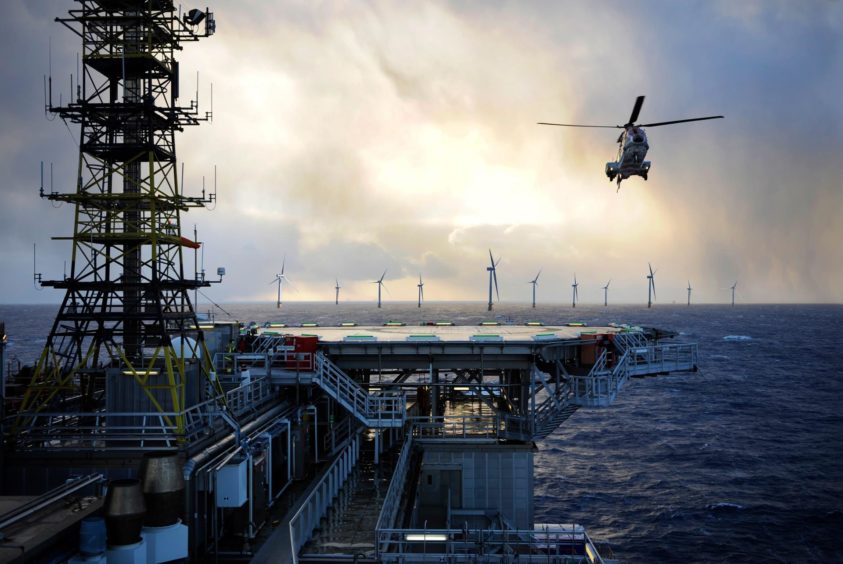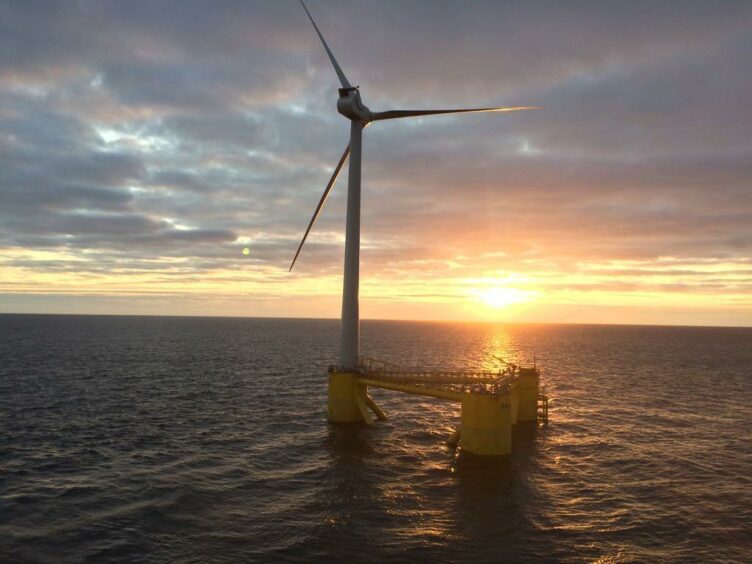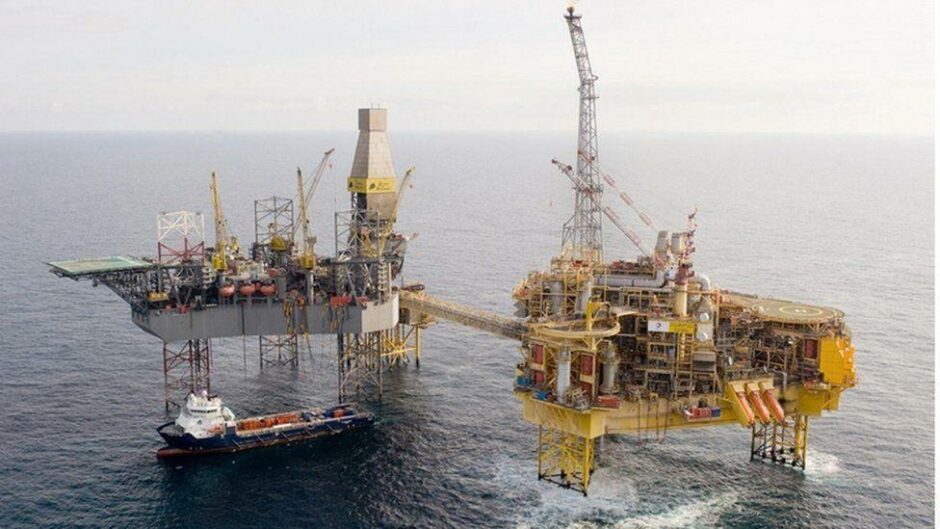
North Sea firm Orcadian Energy has shared its electrification blueprint for axing operational oil and gas emissions by up to 80%.
And the microgrid concept may soon be adopted by the likes of BP, Shell, TotalEnergies and Harbour Energy as companies strive to reduce their environmental impact.
Orcadian has delivered its report into central North Sea electrification to industry regulator the North Sea Transition Authority (NSTA), formerly the Oil and Gas Authority.
Steve Brown, the company’s chief executive, said: “We believe the UKs pursuit of greater energy security and sustainable oil and gas solutions has reached a key turning point.
“Electrification of offshore oil and gas is not easy, but the North Sea Transition Deal (NSTD) provides the imperative to do this. It is our view that oil and gas will remain an essential part of the energy mix for the United Kingdom for years to come and we must ensure that those hydrocarbons are extracted in the cleanest possible way.”
Alongside its consortium partners, including Petrofac and Wartsila, Orcadian (LON: ORCA) has designed what it believes to be a “viable, reliable, off-grid option” for powering North Sea platforms.
Based on energy from floating wind turbines, the approach is augmented by gas-powered generators with enough battery to ensure reliable supply.
Floating distribution hubs will be used to pool the power from wind turbines and distribute it to platforms through a network of cables.
By removing the need for a cable from shore, the concept could deliver savings of around £1.6 billion and would be 25% cheaper than hooking into the grid.
Core infrastructure could also be reused or redeployed, creating a North Sea electrification legacy.

It is hoped that the solution will slash future operating costs, prolonging the life of mature fields and opening the door for satellite discoveries with minimal emissions.
Mr Brown said: “Our concept could not only help further ensure the energy security of the United Kingdom but could also ensure that North Sea production will become amongst the lowest for carbon emissions globally, returning the North Sea to its accustomed role as a trailblazer for the industry. The consortium that we have put together has the expertise to work with the operators and NSTA to deliver our concept.
“We believe the implementation of this concept across the North Sea would have significant benefits for the operators, the oil and gas industry and the United Kingdom. We look forward to working closely with all the stakeholders with a view to delivering this across the North Sea.”
Now the report has been submitted to the NSTA, Orcadian will approach the appropriate operators with a proposal to further progress the electrification concept.
It is also exploring possibilities to participate in the upcoming Crown Estate Scotland INTOG offshore wind leasing round to support its implementation.
When designing the solution, Orcadian tailored it to platforms in the Central Graben area, which lists BP, Shell, TotalEnergies and Harbour Energy amongst its operators.
But that doesn’t prevent it from being deployed in other parts of the North Sea.
Mr Brown said: “It can work just as well in the rest of the central North Sea, for APA at Forties, for Repsol Sinopec Resources UK (RSUK) at Montrose and Arbroath. It could go into the Piper and Claymore fields too.
“As we get closer to shore, the Outer Moray Firth area, things might change a little because you’re so much closer to land. It’s not actually that complicated for a wire from shore solution, but there could still be opportunity there.”
As part of the NSTD, a pact struck between Westminster and industry last year, the sector pledged to drastically slash emissions from offshore activity.
A new found focus on energy security following Russia’s attack on Ukraine means that commitment has taken on added importance.
UK Government is trying to ramp up North Sea production to replace Russian oil and gas imports, and it recently published an energy strategy to safeguard supplies.
It is also aimed at accelerating the transition to a low carbon energy system, meaning the clock is ticking for operators to clean up their operations.
Mr Brown said: “The future of the North Sea massively hinges on electrification. When the NSTD was agreed there was an understanding that if government supported the industry, then industry needed to drive down emissions and to show other countries how you can produce oil and gas in a much more environmentally friendly way.
“That is a big part of the industry’s licence to operate, and the other part is delivering energy security at a cost that people can afford.”
Recommended for you


 © Orcadian Energy
© Orcadian Energy © Supplied by TotalEnergies
© Supplied by TotalEnergies